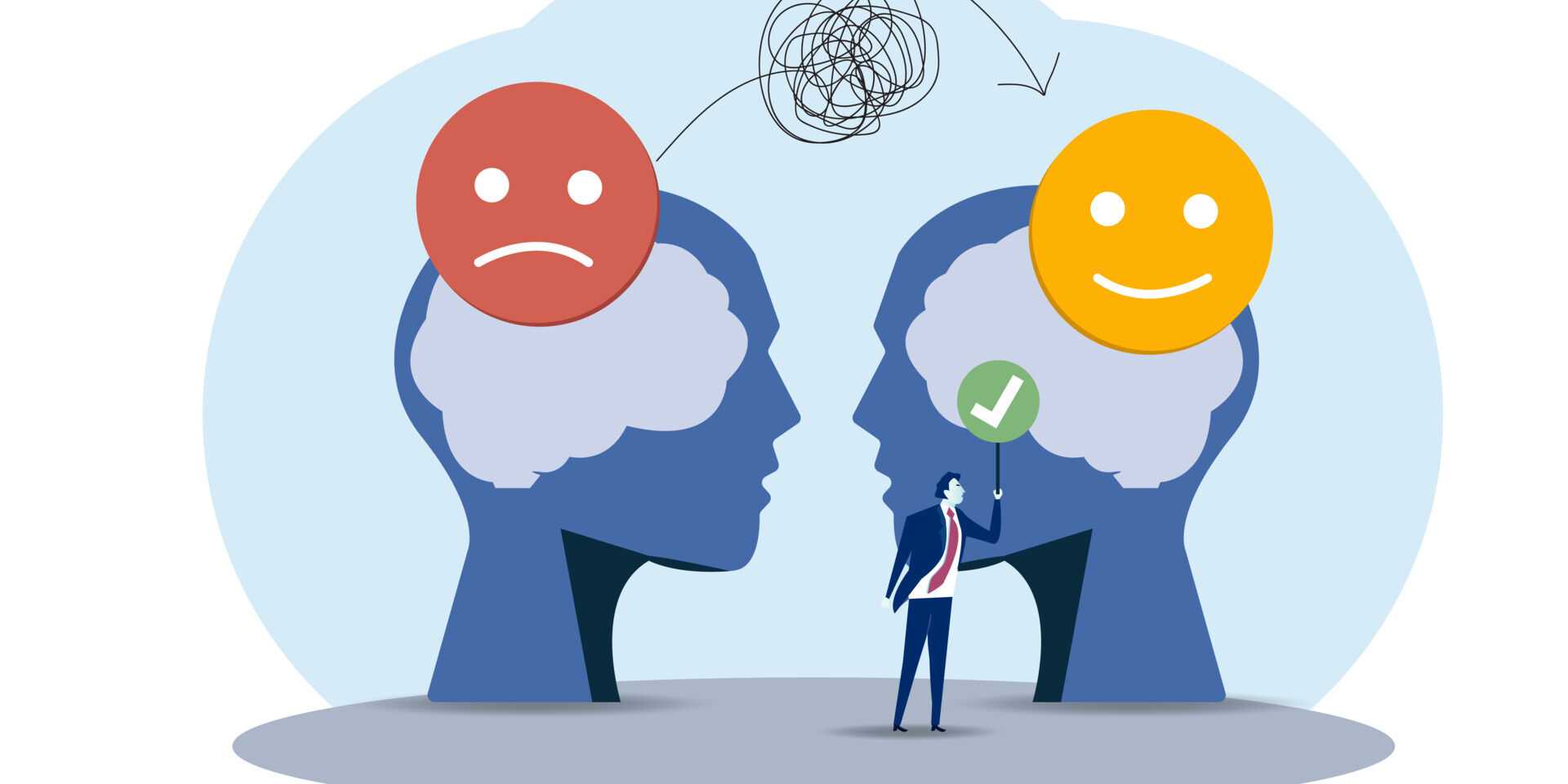Cognitive Behavioral Therapy (CBT) is a widely acclaimed therapeutic approach that has revolutionized the field of mental health treatment.
Known for its practicality and evidence-based effectiveness, CBT has helped countless individuals overcome a variety of emotional and psychological challenges. In this blog post, we will delve into the world of Cognitive Behavioral Therapy, exploring its key benefits and fundamental techniques that make it a powerful tool for transforming thought patterns, behaviors, and ultimately, lives.
Understanding Cognitive Behavioral Therapy
Cognitive Behavioral Therapy is a structured and goal-oriented psychotherapy that centers on the intricate relationship between thoughts, feelings, and behaviors. It is grounded in the belief that our thoughts play a crucial role in shaping our emotional responses and subsequent actions. By identifying and challenging distorted or negative thought patterns, individuals can alter their emotional reactions and, in turn, modify their behaviors.
Benefits of Cognitive Behavioral Therapy
Targeted Problem Solving
CBT offers individuals practical skills to address specific challenges. It equips them with strategies to identify and solve problems in a systematic and effective manner.
Relief from Anxiety and Depression
CBT has proven to be particularly effective in treating anxiety and depression. By addressing cognitive distortions and promoting positive thinking, it helps individuals manage symptoms and prevent relapses.
Behavioral Change
CBT focuses on behavioral modification, helping individuals replace harmful behaviors with healthier alternatives. This is particularly beneficial for breaking patterns such as addiction or obsessive-compulsive behaviors.
Enhanced Coping Skills
CBT equips individuals with coping mechanisms to manage stress, regulate emotions, and navigate challenging situations with greater resilience.
Long-lasting Results
One of the remarkable aspects of CBT is its potential for producing lasting change. By teaching individuals skills that they can continue to apply independently, CBT empowers them to maintain progress even after therapy concludes.
Fundamental Techniques of CBT
- Cognitive Restructuring: This technique involves identifying negative or irrational thought patterns, known as cognitive distortions, and replacing them with balanced and rational thoughts. For example, transforming catastrophic thoughts like “Everything is always going wrong” into more realistic ones like “I’ve faced challenges before and found solutions.”
- Behavioral Activation: This technique focuses on increasing engagement in positive and fulfilling activities. By encouraging individuals to resume activities they once enjoyed or explore new interests, CBT helps improve mood and motivation.
- Exposure Therapy: Often used for anxiety disorders, exposure therapy involves gradually exposing individuals to situations or stimuli that trigger anxiety. Through repeated exposure and relaxation techniques, individuals learn to manage their anxiety and reduce their fear response.
- Journaling and Thought Records: Keeping a journal to record thoughts and feelings can help individuals identify patterns and triggers. Thought records, in particular, involve analyzing situations, thoughts, emotions, and resulting behaviors to challenge and reframe negative thoughts.
- Homework Assignments: CBT often includes homework assignments that encourage individuals to practice the techniques learned in therapy. These assignments promote the integration of new skills into daily life.
Cognitive Behavioral Therapy stands as a cornerstone in the world of mental health treatment.
Its focus on the relationship between thoughts, feelings, and behaviors empowers individuals to create lasting positive change. By understanding its benefits and techniques, individuals can embark on a transformative journey toward improved mental well-being and a more fulfilling life.







